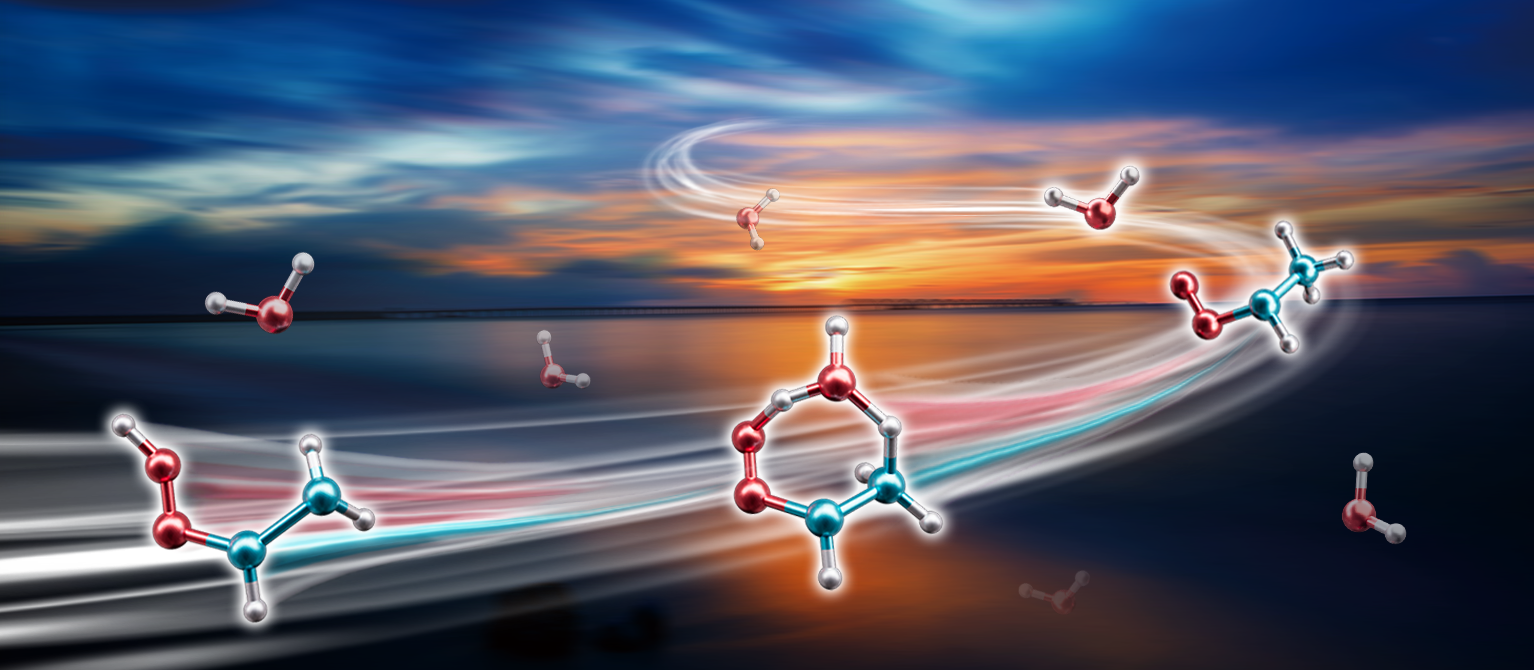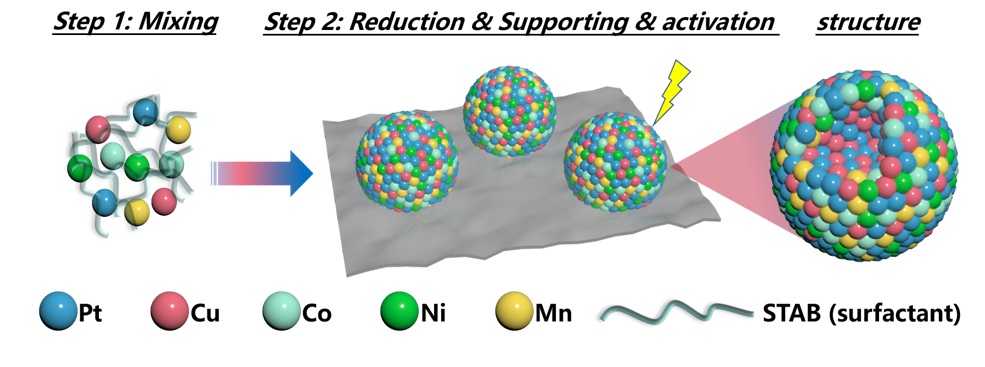2025-04-28 中国科学院(CAS)

Scientists discover accelerated reaction between Criegee Intermediates and water via roaming mechanism. (Image by DICP)
<関連情報>
- https://english.cas.cn/newsroom/research_news/chem/202504/t20250428_1042166.shtml
- https://www.nature.com/articles/s41557-025-01798-9
H2Oとの反応性を高めたsyn-CH3CHOOの入口チャネルにおけるローミング機構 Reactivity of syn-CH3CHOO with H2O enhanced through a roaming mechanism in the entrance channel
Yiqiang Liu,Lijie Liu,Yanlin Fu,Haotian Jiang,Hao Wu,Yue Liu,Xiaoxiao Lu,Xiaohu Zhou,Hongwei Li,Rex T. Skodje,Xingan Wang,Bina Fu,Wenrui Dong,Dong H. Zhang & Xueming Yang
Nature Chemistry Published:16 April 2025
DOI:https://doi.org/10.1038/s41557-025-01798-9
Abstract
Criegee intermediates are highly reactive species that play a pivotal role in the chemistry of the atmosphere, substantially impacting global climate and air quality. They are formed through the reaction of ozone with alkenes and considerably influence the formation of hydroxyl radicals and aerosols through their unimolecular decomposition and their reaction with key atmospheric components, respectively. However, their interaction with water vapour, a major atmospheric component, remains inadequately characterized. Here, using both time-dependent laser-induced fluorescence experiments and full-dimensional dynamics calculations, we investigate the reaction of syn-CH3CHOO, a prevalent Criegee intermediate, with water vapour. Our results reveal a much higher reaction rate than previously estimated, challenging the conventional notion that unimolecular decomposition dominates syn-CH3CHOO removal. Notably, we uncover a complex mechanism involving a roaming process that enhances reactivity. Our findings necessitate a revised assessment of reactions involving syn-mono- and di-substituted Criegee intermediates with water, which are crucial for accurately estimating the OH budget derived from these intermediates.



